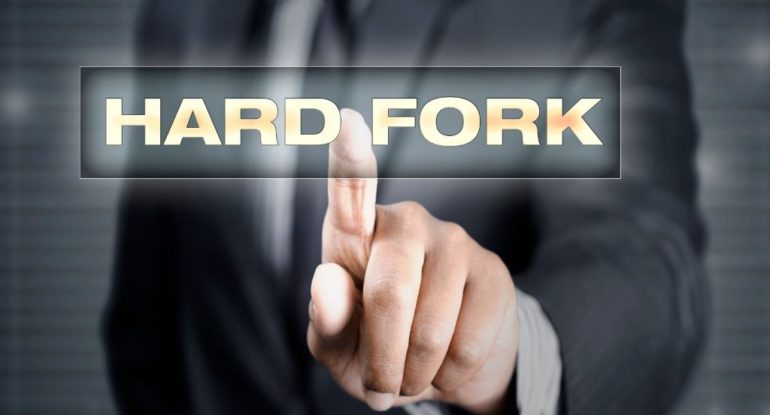Blockchain Forks: What They Are And Why They Matter

Blockchain forks have caused a lot of heated debates within the blockchain community. So, let us discuss the different types of blockchain forks, the differences between them, and their implications.
A blockchain consists of the blockchain protocol and the actual blockchain. The blockchain is a particular type of database that stores information. The blockchain protocol defines the exact rules for interacting with the blockchain. The most important part of this is to add information to it. As with all computer code, regular updates are necessary. These updates improve the technology and fix errors and security problems. New features are also introduced through updates. Regular software (like WhatsApp or a video game) can freely decide when to update. That is one advantage of a centralized system. Decentralized systems like blockchains, however, cannot force people to update. Everyone in the network decides for themselves. As a result, we have two ways of updating a blockchain:
#BitcoinCash was created through a hard fork in the Bitcoin Blockchain. A hard fork refers to a significant change in a blockchain network. It is a radical update that…More in the LINK https://t.co/5RICA91cx9
— CNBC-TV18 (@CNBCTV18News) April 6, 2022
Soft Fork
A soft fork is a software update that is backward compatible. Backward compatibility means the new software works with its previous versions, so, anyone who interacts with the blockchain can decide when to update. Making software backward compatible is difficult for all kinds of software. When WhatsApp updates their app, they try to make it backward compatible. That way, all users can keep communicating with each other. However, new features only work between two users with the new version. So, that’s the easy way to update. However, it comes with a significant limitation. To be backward compatible, the changes cannot be that big. The fundamentals of the software cannot be changed.
Also, read –South Korea’s ICON Releases Blockchain Interoperability Protocol
Hard Fork
If WhatsApp wants to push some fundamental changes, they can enforce an update. So, the app stops working until it is updated. In the case of blockchains, this is not possible as they are decentralized. Nobody has the power to decide what changes need to be adopted.
If a blockchain update is not backward compatible, a hard fork is necessary. That is what people usually reference when talking about forks. For example, we have the Bitcoin blockchain that adds one block every 10 minutes and the Bitcoin protocol governs this process. If you want to hard fork Bitcoin because you want to change the protocol, here is what you have to do:
- Copy the old protocol (which is easy because everything is open-source)
- Make your changes to the protocol
- Choose a block number (in the future) for splitting the chain.
Bitcoin Cash, for example, split off the Bitcoin blockchain at block 478,558. Once that block is mined, the two chains separate. From then onwards, they are not compatible anymore. This process raises a few questions:
What happens to all your coins?
Let’s say you had 3 Bitcoins before the fork. After the fork, you will still hold your 3 Bitcoins. Additionally, you will receive 3 Bitcoin Cash. So, your total coins double.
If everyone’s coins doubled, what happens to the price?
Cryptocurrencies work by free markets. That means the price is the result of supply and demand. It often depends on whether the market believes both coins will survive or not.
Who gets to keep the original name?
After all, both new blockchains share the same past and users before the split. Also, it is not clear which one is going to be more popular. Both sides use a variety of different arguments
to get the old name, as the brand itself can carry significant value. For example, a lot of regular consumers want to buy whatever is called Bitcoin and they often don’t care about the details of such changes. In the case of Bitcoin Cash, the new coin had to find a new name, as the old blockchain kept its original name. In the Ethereum case, it was the other way around. The original Ethereum protocol is now called Ethereum Classic.
To sum it up, there are two ways of updating a blockchain project. One is a soft fork, and the other one is a hard fork. In a soft fork, a new, but backward-compatible version is published. Anyone in the network can update. However, failing to do so does not stop them from being a part of the network. In a hard fork, the original blockchain splits into two separate chains. Their transactions are then stored on two different blockchains that are incompatible with each other. The gravity of such a procedure comes with a heated discussion and the owners of the original coin receive the same amount of the new coin.
Comments are closed.




























































